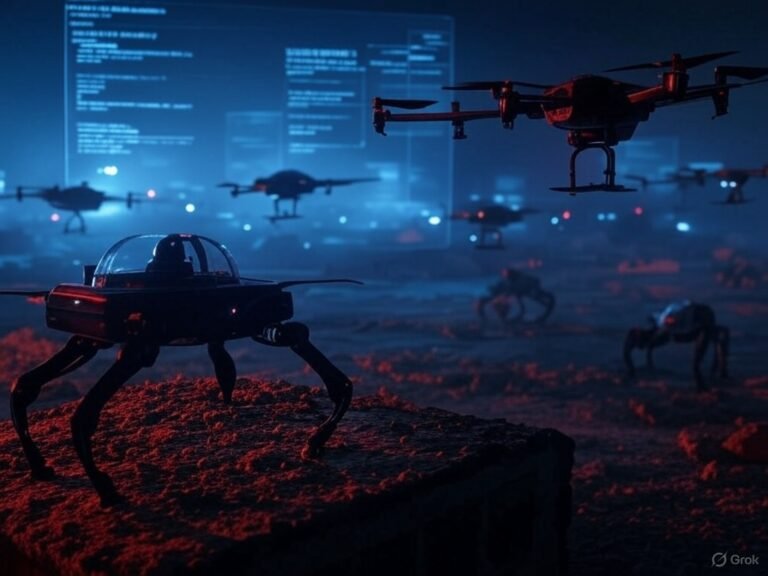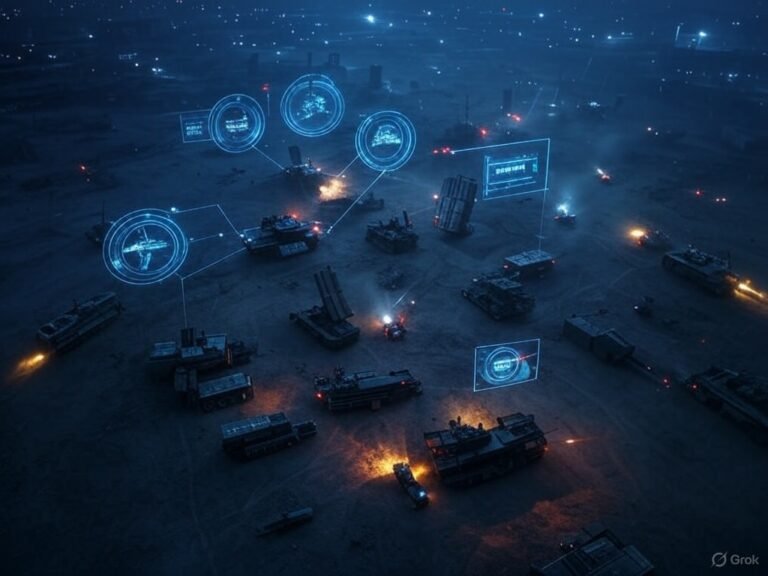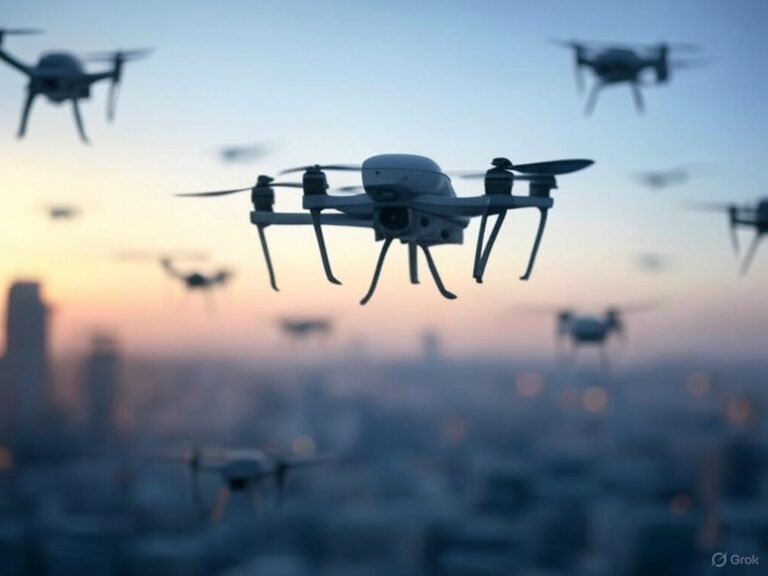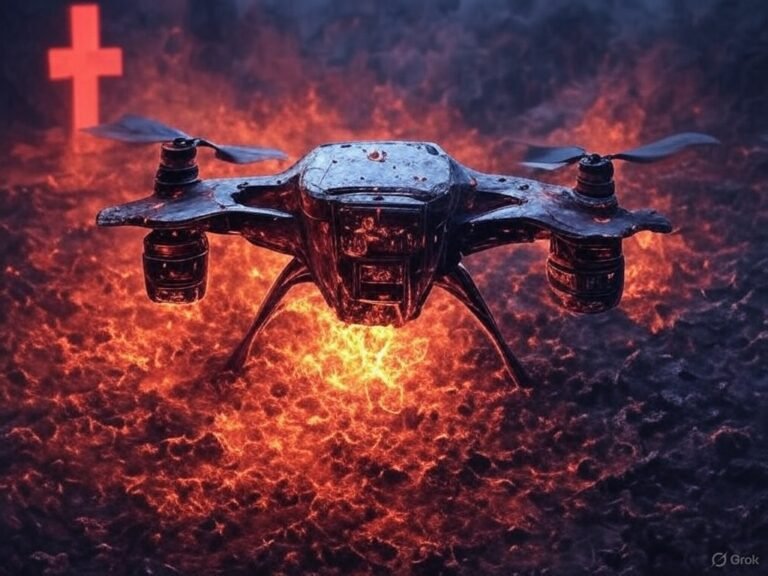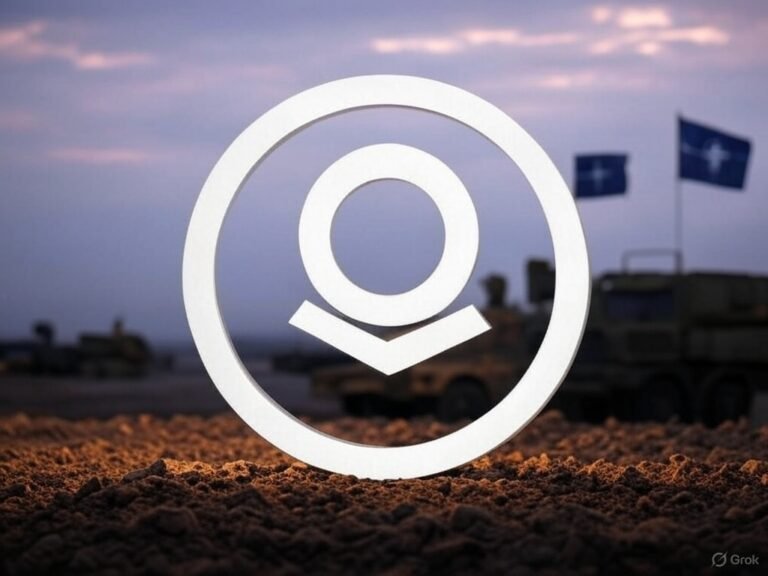AI Weaponization News from August 2025 Overview August 2025 was a pivotal month for discussions about the weaponization of...
Blog
Introduction: From Boxing Match to Battlefield Blueprint Unitree Robotics is not a neutral player in the global...
Introduction: The Law Can’t See the Algorithm The rise of autonomous weapons is forcing a reckoning with...
Introduction: A New Frontline in the Age of AI The Indo-Pacific is rapidly becoming the world’s most...
Introduction: Speed Kills—Especially in Machine-Led Warfare Military AI systems are designed to make decisions faster than humans...
1. Introduction — Private Industry Is Building the Battlefield Nation-states may declare wars, but in the age...
1. Introduction — From Eye in the Sky to Digital Pack Hunter The next revolution in warfare...
1. Introduction — The Red Cross and the Robot War In 2021, the International Committee of the...
1. Introduction — A Quiet Architect of Algorithmic War Palantir military AI isn’t firing missiles or piloting...
Introduction: AI and the Evolution of the Military Kill Chain In modern warfare, the speed at which...


